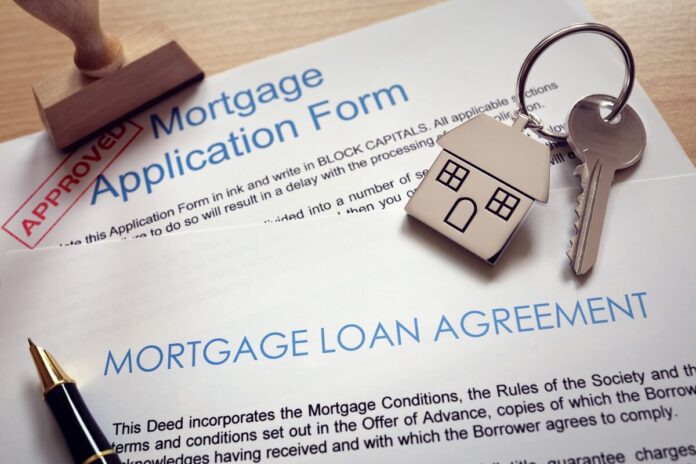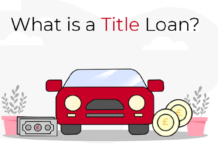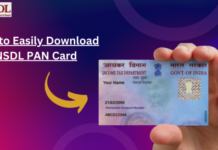Buying a home comes with a lot of finance talk, and something that’s always in the mix is mortgage planning. Of course, everyone’s budget and needs are different, and luckily there are various types of mortgage loans you can choose from.
Have you ever heard of a piggyback mortgage loan? It may sound silly, but it is actually a completely legitimate kind of loan that many home buyers opt for. If you’ve been contemplating taking out this loan, we’re here to give you more insight into the specifics.
Today, we want to talk about what a piggyback mortgage is, the good sides, the bad sides and the application process. So, if you’re interested in learning more about this specific type of mortgage loan, stick around.
What Is a Piggyback Mortgage?
A piggyback mortgage is basically a second mortgage that you take out at the same time as your first mortgage. The most common type of piggyback loan is an 80/10/10, where you put 10% down, get a loan for 80% of the purchase price and then take out another loan for 10% of the purchase price.
You may be wondering why anyone would want to do this instead of just taking out a single loan for the entire purchase price. Well, piggyback loans are often used by homebuyers who don’t have a large enough down payment saved up for a conventional mortgage. But more about the benefits of piggyback loans later.
How Does a Piggyback Mortgage Loan Work?
Now that we know what a piggyback loan is, let’s talk about how it actually works. When you take out a piggyback loan, you’re essentially taking out two loans at the same time. The first loan will be for 80% of the purchase price, and the second loan will be for 10% of the purchase price.
This means that you’ll only have to put 10% down instead of the usual 20% that’s required for a conventional mortgage. And, if you don’t have at least 20% saved up for a down payment, this can be a great option.
The Pros of Piggyback Mortgages
There are a few benefits of getting a piggyback mortgage that you should know about before making your decision.
No Private Mortgage Insurance
The first advantage of these mortgages is that you won’t have to pay for private mortgage insurance (PMI). PMI is insurance that protects the lender in case you default on your loan. It’s usually required if you don’t have a 20% down payment. So, this is a good way to save a bit of money.
A Lower Down Payment
Another benefit of piggyback mortgages is that they allow you to buy a home with a lower down payment. As we mentioned, the most common type of piggyback loan is an 80/10/10. This means that you only have to put 10% down instead of 20%.
As saving up for a down payment is ofter the stumbling block for many homebuyers, these loans are a good solution. So, with this option you might be able to buy your first home quicker than you’d expected.
Avoiding Jumbo Loans
Another pro of piggyback mortgages is that they can help you avoid jumbo loans. Jumbo loans are loans that exceed the conforming loan limit, which is $647,200 in 2022.

If you live in an area where home prices are higher, you may need a jumbo loan to finance your purchase. But, with a piggyback mortgage, you can avoid this by taking out two loans instead of one. The good thing about this is that you’re avoiding the high interest rates that come with jumbo loans.
Convenience
Another advantage of piggyback mortgages is that they can be more convenient than other types of loans. This is because you’re essentially taking out two loans at the same time. So you won’t have to go through the mortgage process twice, because this is a sort of 2-in-1 situation.
The Cons of Piggyback Mortgage Loans
As with any other loan, there are certain drawbacks to consider before making the final decision. It’s never all roses and butterflies with mortgages. So, here are some key things to take into account before deciding.
Paying Closing Costs for Both Loans
One downside of piggyback loans is that you’ll have to pay closing costs for both loans. This can add up to a lot of money, so it’s something to keep in mind.
The Second Mortgage Could Have a Higher Interest Rate

Another potential downside of piggyback loans is that the interest rate on the second mortgage could be higher than the interest rate on the first mortgage. This is because you’re essentially taking out two loans, so the lender is taking on more risk. If you’re worried about getting a good interest rate, it’s a good idea to shop around and compare rates from different lenders.
Having Two Mortgage Payments
Another drawback of piggyback loans is that you’ll have two mortgage payments to make each month. This can be a lot to keep up with, especially if you have other debts. So, you’ll need to make sure that you can afford the monthly payments before taking out a piggyback loan.
Read Also: Why Choose Commission Management Program Over Manually Entries
Issues if You Want to Refinance
One final downside of piggyback loans is that you may have some issues if you want to refinance in the future. One option is to refinance your first mortgage, without touching the second one. However, this is only possible if your second lien approves of that. Otherwise, you might have to pay off the second loan in its entirety to be able to refinance your loan.
How to Apply

Now that you know the pros and cons of piggyback loans, you may be wondering how to apply for one. The process is similar to applying for any other mortgage loan.
- You’ll need to submit an application, including information about your income, employment, and assets. The lender will also pull your credit report.
- Once your application is approved, you’ll need to go through the underwriting process. This is when the lender will verify your income and employment, as well as your credit score and debt-to-income ratio. They’ll also look at the property you’re looking to purchase to make sure it meets their guidelines.
- Once you’re approved, you’ll need to sign a loan agreement and closing documents. Then, you’ll be ready to close on your home.
Should You Get a Piggyback Mortgage?
Now that you have all the information, it should be easier to decide whether this is something that works for you or not. Everyone’s situation is different, so you need to consider your circumstances, needs and preferences.
Piggyback mortgage loans can be a great option for homebuyers who want to avoid PMI or who want to buy a home with a lower down payment. But, there are also some potential disadvantages to be aware of. So, make sure you understand both the pros and cons before you decide if a piggyback loan is right for you.



































